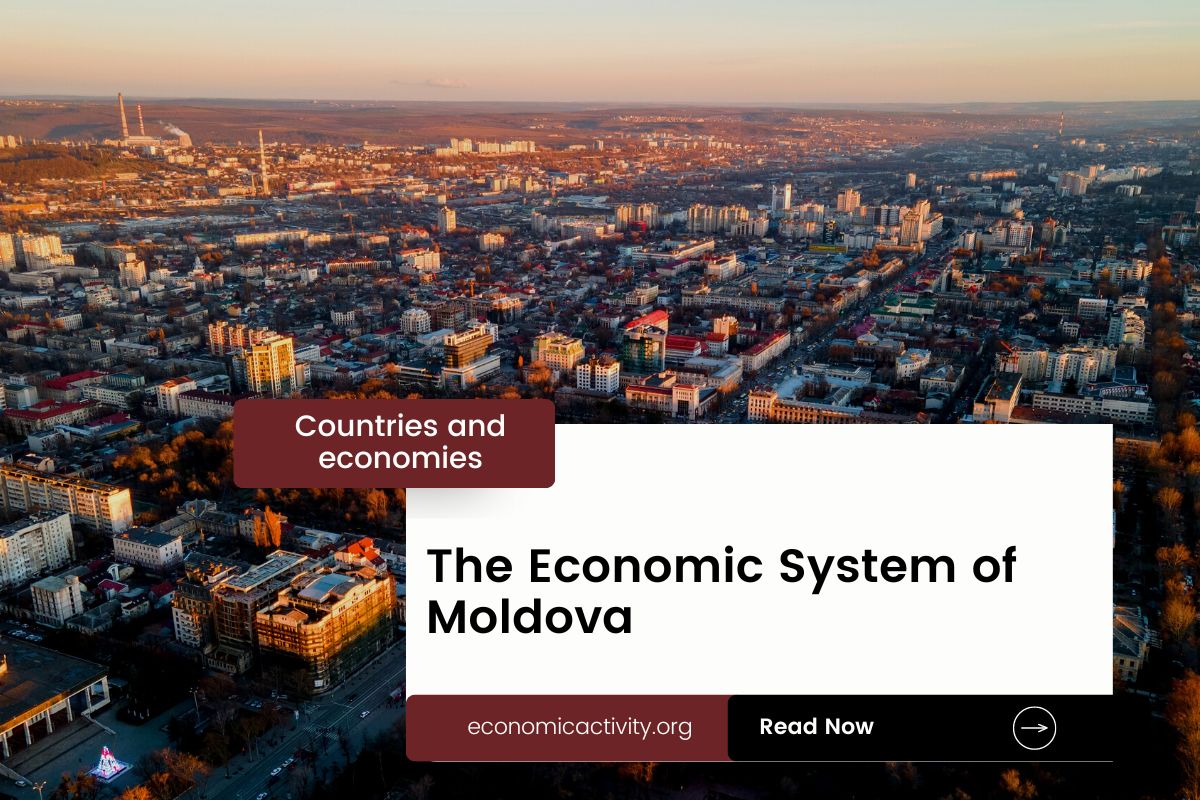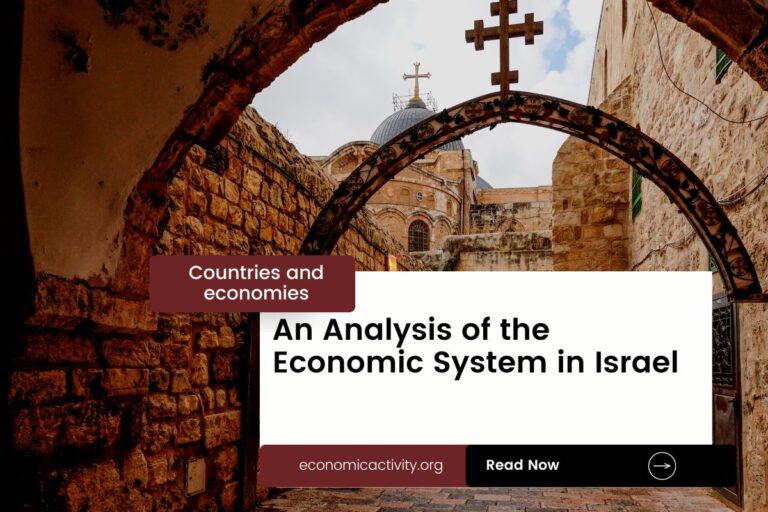What is the economic system of Moldova? The economy of Moldova is based on a mixed economy system. The country’s economy combines elements of a market economy and a planned economy.
Moldova’s economy is heavily reliant on agriculture, with wine production being a major export. Other industries include textiles, machinery, and electronics.
In Moldova, the economy is composed of a private sector, consisting of individuals and businesses that make autonomous decisions based on self-interest, and a public sector, where the state determines the production and distribution of certain goods and services. No country is purely capitalist or purely communist.
What do the freedom indexes tell about the economic system of Moldova?
Now, to determine if a country is mainly a market economy or a planned economy, it is useful to examine some economic indexes. For instance, according to the 2022 Index of Economic Freedom, which measures the ability of every human to control his own labor and property, Moldova is ranked 78th globally and 39th in Europe indicating that the country has a moderately free economy.
In a similar way, the 2022 Freedom House index evaluates the state of political rights and civil liberties globally. Generally, market economies tend to align more with democracy and freedom, while command economies tend to be characterized by greater state control and fewer democratic and civil liberty protections. Moldova gets a score of 62/100, which qualifies it as Partly Free.
Moldova is considered to have a government that does not control what people do, and people can make their own economic decisions, but it is only considered an electoral democracy, lacking full liberal democratic protections.
The Link Between Public Sector Employment and the Economic System of Moldova
An indicator of the extent to which the State is involved in the economy is the number of public sector employees. In Moldova, according to ILOSTAT, the number of public sector employees as a percentage of the total workforce is 15.8% (2021). In the country’s mixed economy, the number of public sector employees as a percentage of the total workforce varies based on the specific policies and practices adopted by the State.
Some economic activities are left to the private sector while others are under government control. The bigger the public sector the closer the economy is to being a command economy.
What do the biggest companies in Moldova say about the country’s economic system?
The biggest company in Moldova should also be looked at, as well as whether it is a state-owned or private company. In this case, Moldova Agroindbank SA is a leading financial institution providing banking services to individuals, businesses, and the government. It offers a wide range of services, including loans, deposits, and payment services. Moldova Agroindbank is 41.09% owned by HEIM Partners, a consortium of investors comprising the European Bank for Reconstruction and Development (EBRD), Horizon and Invalda, according to its website. Other minority shareholders include management, staff and local companies.
Moldova’s private sector industries include agriculture, manufacturing, and services. Public industries include healthcare, education, and transportation.
The historical factors that have influenced the economic system of Moldova
Moldova’s mixed economy system is the result of a combination of market forces, state intervention, and foreign investment. The country has experienced a period of rapid economic growth since the fall of the Soviet Union, driven by increased foreign investment, privatization of state-owned enterprises, and improved access to global markets.
This has led to increased economic diversification and a more open economy. Additionally, the government has implemented a number of reforms to improve the business environment and attract foreign investment.





Leave a Reply